Researchers in Japan are investigating alternative sources for aquaculture feed as the country’s growing aquaculture sector hits the limits of the country’s traditional supply of aquafeed.
The main materials for aquaculture feed – fishmeal and fish oil – remain a limited resource. Despite increased substitution of other ingredients in feed, like soy proteins, poultry byproducts, and fish-processing waste, aquaculture feed prices are increasing, in part due to Russia’s invasion of Ukraine, which has dampened the global supply of wheat and other ingredients used in fishmeal production.
The international price benchmark for fishmeal and fish oil is typically the Peruvian anchoveta, the largest-volume fishery in the world. Prices of fishmeal pellets (65% protein) from Peru have risen from USD 444 (EUR 399) per metric ton (MT) in 2001 to USD 1,430 (EUR 1,286) in 2021, according to World Bank data.
In Japan – where the main farmed finfish species are yellowtail, sea bream, and coho salmon – insects, single-cell organisms, and algae are currently the leading candidates for substitution in fishmeal and fish oil formulas.
Insect meal has seen growing popularity in recent years as an alternative source of protein for aquaculture feed. A study published in August 2021 in the journal Insects by researchers at Ehime University and the Hiroshima Institute of Technology examined the potential of diets containing insect meal for juvenile yellowtail. This study found that the fat portion of partially defatted black soldier fly meal (containing 23.2% crude fat) inhibited the growth of yellowtail. Completely defatted black soldier fly meal (containing less than 10% crude fat) showed better performance, but still inhibited growth.
In another earlier study, in Laos, supported by the Japan International Research Center for Agricultural Sciences, an insectivorous fish – the climbing perch – showed growth on a diet containing 25% crude protein from black soldier fly larvae (not defatted meal) equal to that of a diet with 32.5% crude protein from fishmeal. So, the fat portion may not inhibit growth, and the bioavailability of insect protein may be higher than that of fish protein for some insectivorous species of fish.
Another industrial-scale solution being researched is single-cell organisms that convert hydrogen to protein in steel bioreactors. There are several companies in the field, and though none are Japanese, two have Japanese trials or projects.
Menlo Park, California, USbased Calysta ferments natural gas with naturally occurring bacteria to create a protein branded as FeedKind. It has been trialed successfully as a feed supplement for Japanese yellowtail, salmon, and shrimp.
NovoNutrients, based in Mountain View, California, US, turns carbon dioxide emissions and hydrogen into protein for aquaculture, branded as Novomeal, using bacteria and other single-celled organisms. It plans a pilot project in Japan that would convert captured CO2 from a quicklime manufacturer, helping the factory to meet CO2 reductions goals. The protein production could then be subsidized by the carbon sequestration budget.
And Arbioma, a French-American company that has developed a process for turning agricultural and wood residues into proteins for feed and food applications, recently received an EUR 12 million (USD 13 million) grant to help it build a new factory to kick-start commercial-scale production of its SylPro aquafeed.
Microalgae is also being explored as a source of meal and oil. Research at the Tokyo University of Marine Science and Technology found blending oil and meal from several types of microalgae into aquaculture feed resulted in a better performance in sea bream growth than when only one type of microalgae was used.
Japanese students from the same university who were taking part in the A2F (Algae to Future) Project – funded by the Research Council of Norway to investigate algae-based feeds for Atlantic salmon – reported that a hurdle to be overcome in using microalgae for fish feeds is that most algae species contain low levels of the fatty acids EPA and DHA, which are needed for marine fish nutrition. However, for microalgae in the genus Schizochytrium, about 40% by weight of its total fatty acid production consists of DHA.
Another issue facing those looking to adopt algae feed into fishmeal is that the rigid cell wall of algae hinders digestion of the nutrients inside. Different methods of breaking down the cell walls are being explored by researchers, with bead milling and cold pasteurization offering good results. Different species of fish vary in their ability to break down the cell walls, so that different treatments may be required, according to cost, depending on the target fish.
Currently, there is no industrial-scale producer of microalgae-based fish feed ingredients in Japan. The most-prominent Japanese company in microalgae field, Tokyo-headquartered Euglena Co., which focused on the genus of the same name, mainly aims its products at the human health food, cosmetics, and biofuel sectors.
Source: Sea Foods Source

